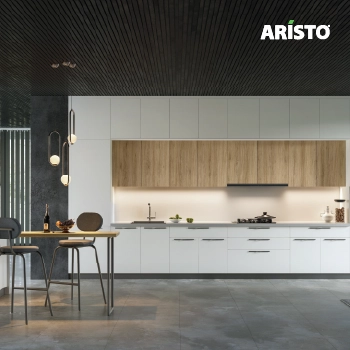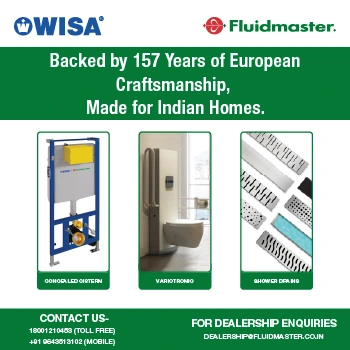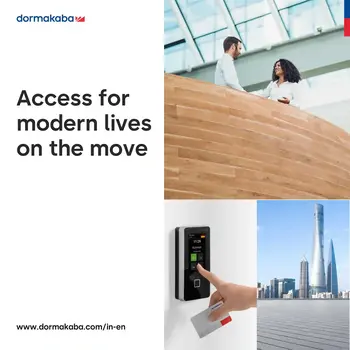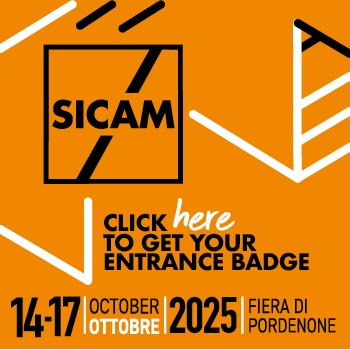Outdoor cladding is an important protective coating for buildings and can be done with different materials. It offers a shield that improves the beauty and durability of the house. In essence, it is just a covering over the existing material of a structure that, in turn, improves the visual appeal and offers strength from environmental factors such as weather, pests, and wear over time. Cladding on buildings can be done using different techniques. Every method of cladding on a building protects it against physical and environmental damage. The strength of a building can depend on the type and quality of exterior wall cladding material. The cladding sheet material used in the exterior wall can be selected based on user preferences. The beauty of indoor and outdoor cladding on a building may boost the market value of a structure.
Contents
- 1 Popular types of cladding materials – An overview
- 2 Types of cladding materials – Detailed analysis
- 2.1 Cladding material # 1 – Bricks
- 2.2 Cladding material # 2 – Concrete
- 2.3 Cladding material # 3 – Wood
- 2.4 Cladding material # 4 – Ceramic
- 2.5 Cladding material # 5 – Stone
- 2.6 Cladding material # 6 – HPL (High-Pressure Laminates)
- 2.7 Cladding material # 7 – ACP (Aluminium Composite Panels)
- 2.8 Cladding material # 8 – Glass
- 2.9 Cladding material # 9 – Stainless steel
- 2.10 Cladding material # 10 – Fibre cement
- 3 Functions of cladding materials
- 4 How to choose the ideal cladding material?
- 5 Advantages of cladding
- 6 FAQs
- 6.1 What are WPC cladding materials?
- 6.2 What are the latest trends in cladding?
- 6.3 Which cladding material is eco-friendly?
- 6.4 What type of cladding will be budget-friendly?
- 6.5 Which type of cladding material offers thermal insulation to the building?
- 6.6 Does the cladding require maintenance?
- 6.7 What type of cladding requires minimum surface preparation?
- 7 Compound wall design: Complete guidebook with tips (+FAQs)
Popular types of cladding materials – An overview
| Sr.no. | Cladding material | Key features | Advantages | Applications |
| 1 | Bricks | Durable, weather-resistant, traditional aesthetic | Low maintenance, good insulation, eco-friendly | Residential and commercial buildings |
| 2 | Concrete | Strong, versatile, modern appearance | Fire-resistant, customizable, low cost | High-rise buildings, industrial facades |
| 3 | Wood | Warm, natural look, available in various finishes | Aesthetic appeal, eco-friendly, good insulation | Resorts, cottages, interior and exterior facades |
| 4 | Ceramic | Lightweight, moisture-resistant, various patterns | Easy maintenance, durable, weather-resistant | Bathrooms, kitchens, exterior facades |
| 5 | Stone | Natural texture, premium appearance, high strength | Long-lasting, weather-resistant, low maintenance | Luxury homes, hotels, exterior walls |
| 6 | HPL | Lightweight, weather-resistant, available in various finishes | UV-resistant, scratch-proof, easy installation | Modern homes, offices, retail spaces |
| 7 | ACP | Lightweight, smooth finish, versatile designs | Weather-resistant, low maintenance, cost-effective | Corporate buildings, shopping malls, signage |
| 8 | Glass | Transparent or translucent, sleek modern appearance | Allows natural light, visually appealing, energy-efficient | High-rise buildings, office facades, showrooms |
| 9 | Stainless Steel | Sleek metallic look, high tensile strength | Corrosion-resistant, low maintenance, durable | Commercial spaces, industrial buildings |
| 10 | Fibre Cement | Lightweight, fire-resistant, eco-friendly | Durable, moisture-resistant, termite-proof | Residential, commercial, and industrial facades |
Types of cladding materials – Detailed analysis
Choosing the right wall cladding material for the building facade is important. With various outdoor cladding materials available in the market, it is important to select a material that serves our needs by enhancing the structure’s durability and improving the overall appearance of the building. When the appropriate cladding material is chosen for a building, some important parameters must be considered. They include the total cost, environmental parameters, fire resistance characteristics, antimicrobial properties, and maintenance levels. Every material provides a specific combination of properties and can be designed to meet particular needs.
Cladding material # 1 – Bricks
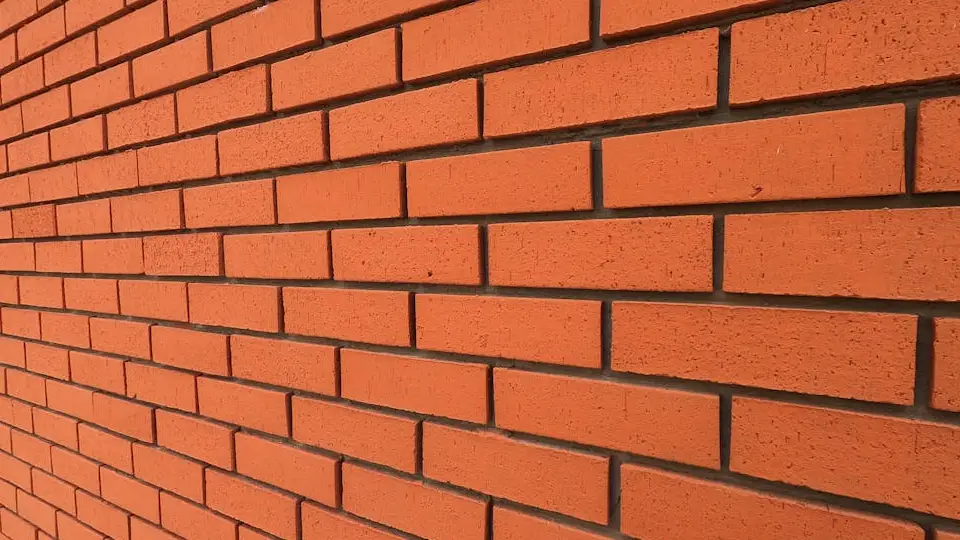
Image Source: Thinveneerbrick.com
Brick cladding is an excellent way to beautify a building because it gives it a classical look. Bricks can be arranged in different patterns for visual appeal. They are available in the market in many textures. Brick cladding offers a neat and smooth finish to the surface of the building.
Cladding material # 2 – Concrete
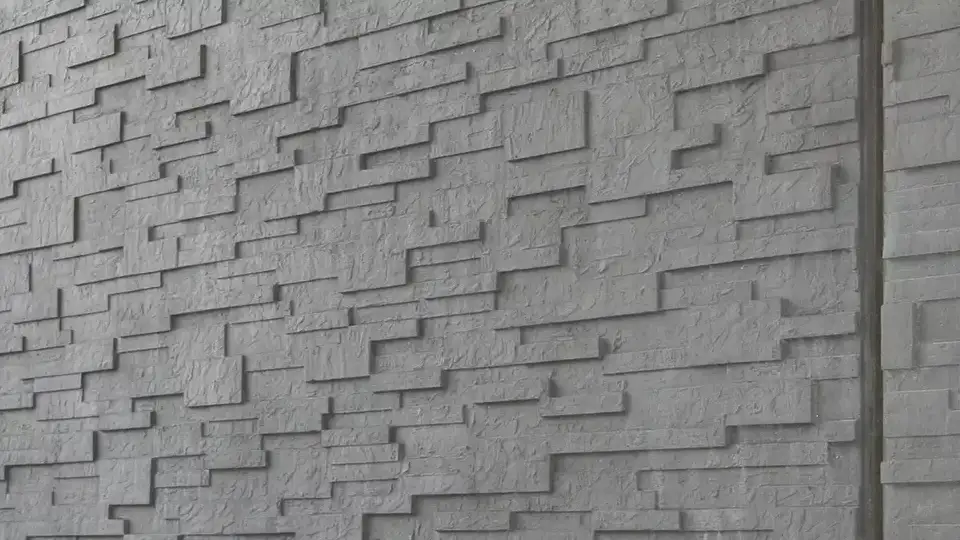
Image Source: Pinterest.com
Concrete is a construction material made by mixing cement, fine aggregates, and coarse aggregates with water. It is a tough material and has a long lifespan. Concrete can resist extreme climatic conditions. It is resistant to fire also. Concrete may be expensive and involve high transportation costs. It needs a large number of labourers in construction and requires regular maintenance.
Cladding material # 3 – Wood
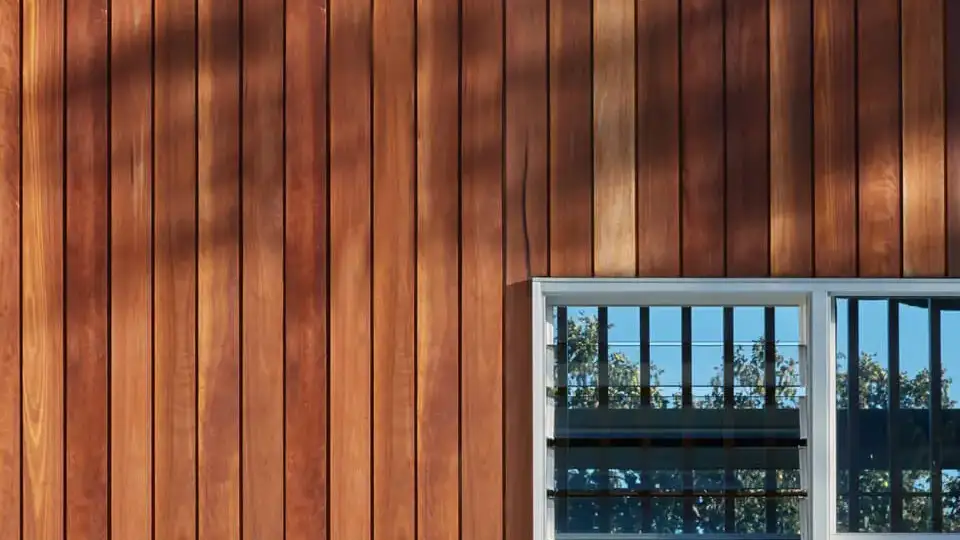
Image Source: Duffieldtimber.com
Timber or wooden cladding sheet can be provided on the structure if a minimalist look is necessary. Wood enhances rigidity and strength. Wooden cladding can be installed in the form of different patterns. It provides insulation to the buildings. Cost can be too high for high-quality wood products. It is prone to catching fire and gets scrapped easily.
Cladding material # 4 – Ceramic
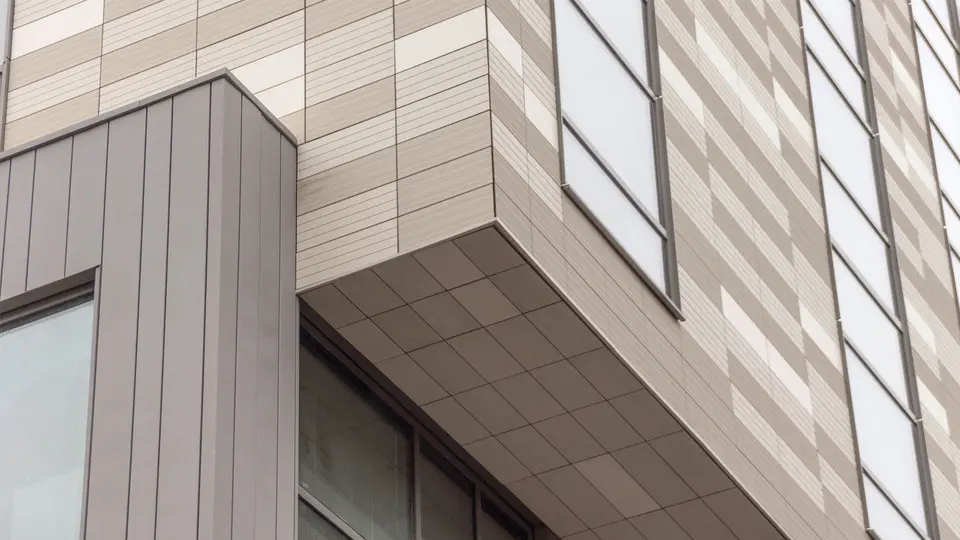
Image Source: Agrob-buchtal.de
Ceramic is an ideal material for individuals who want a flat, modern finish. It are available in different colours and can be arranged in numerous patterns. Ceramic tile cladding is fast and easy to install. It offers resistance to a range of temperatures, both hot and cold. Ceramic is a brittle material that cracks or chips due to impact loading.
Cladding material # 5 – Stone
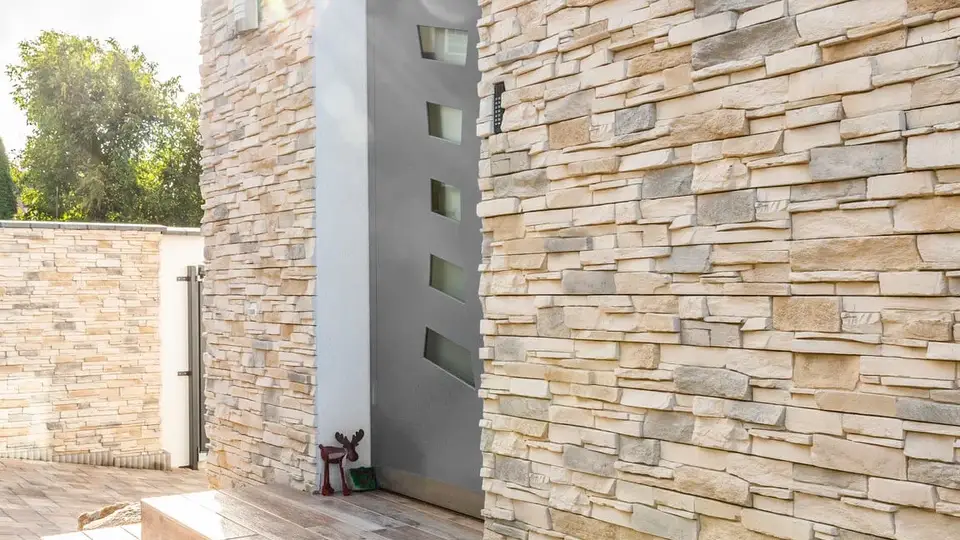
Image Source: Bluepebble.in
Stone comes from rocks and is available in a wide range of textures and colours, allowing for various designs. Stone cladding provides a building with an antique look. It is lightweight and serves as a good option when builders require a lower dead load for a structure. It ensures a finish that lasts for several years. Stone cladding resists moisture, which helps maintain its appearance and integrity. Acid rain stains the stone cladding of buildings, creating a significant drawback.
Cladding material # 6 – HPL (High-Pressure Laminates)

Image Source: Exportsindia.com
HPL, or High-Pressure Laminates, are engineered wood products prepared from wooden fibres and bonded with resinous materials under high-pressure conditions. It can be used as an interior or exterior wall cladding sheet material. HPL cladding is easy to handle. The installation process is not complex. It is a flammable material and needs additional surface preparation to make it fire-proof.
Cladding material # 7 – ACP (Aluminium Composite Panels)
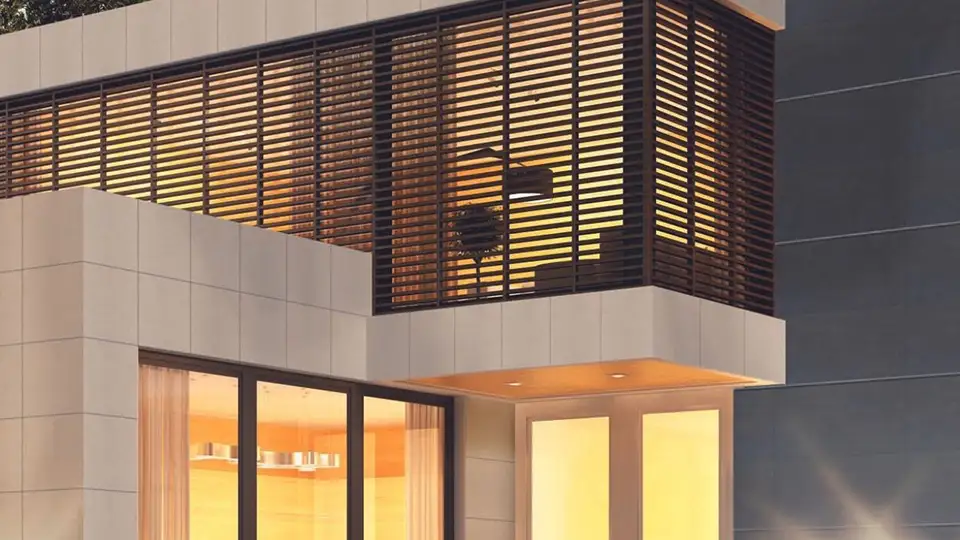
Image Source: Archdaily.com
Aluminium Composite Panels (ACP) are made by combining two layers of aluminium panels with a non-aluminium material core between them. This type of exterior wall cladding material can give the structure a shining look. ACP wall panels are strong and fire-resistant, making them one of the best external cladding materials. The panels may lose their shine over time. Another disadvantage is that the core is made of flammable material.
Cladding material # 8 – Glass

Image Source: Stocorp.com
Glass cladding is mostly practised in commercial structures. The appearance of any structure is brightened by applying glass cladding, which gives an attractive look. Glass is one of the most pocket-friendly outdoor cladding materials and can easily be mounted. Glass cladding enhances the value of a structure. However, it breaks very easily and needs periodic cleaning and care. It has a highly reflective surface causing the birds to crash.
Cladding material # 9 – Stainless steel
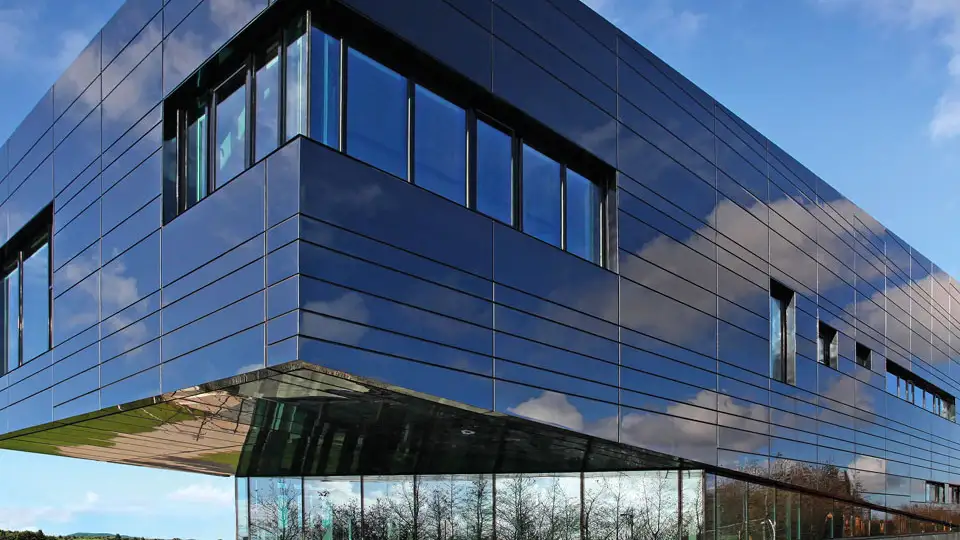
Image Source: Pinterest.com
Stainless steel is a strong material that has a small amount of chromium added to it, which makes it rust-free. It has a long life because it does not corrode. Installation is faster and takes less time. Stainless steel cladding sheet material has a reflective surface which creates visibility problems. It is prone to indentation.
Cladding material # 10 – Fibre cement
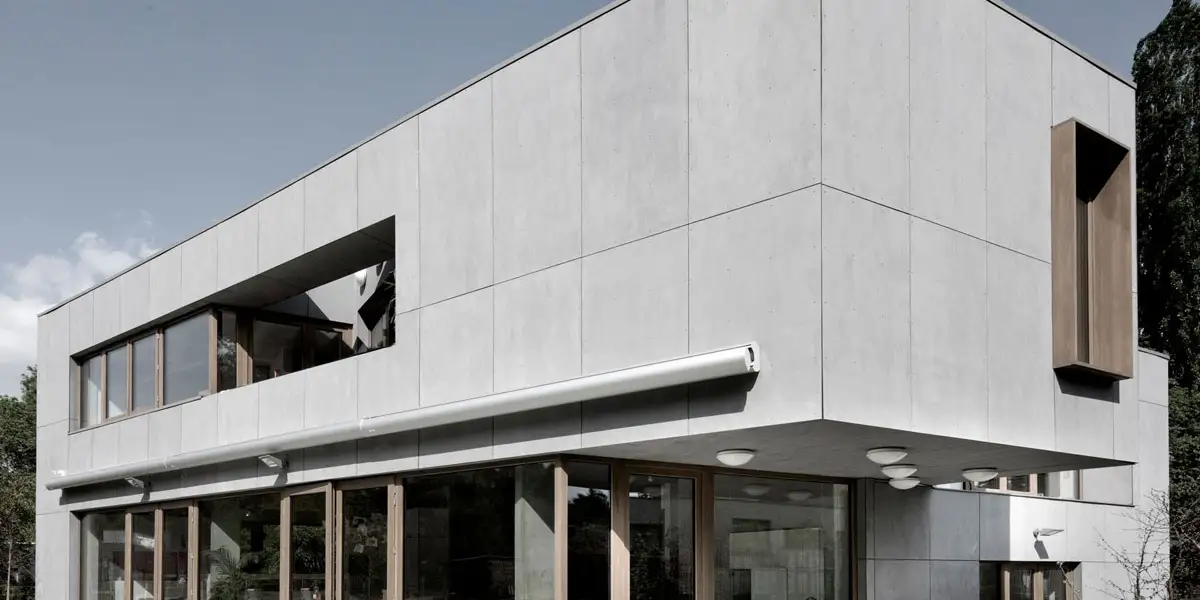
Image Source: Archdaily.com
Fibre cement is widely used today. It is prepared by mixing fine aggregates, cement, cellulose fibres, and water. It is suitable mainly for domestic cladding purposes. Fibre cement cladding can withstand extreme climatic conditions. It offers resistance to fire. Also, it has very little expansion and contraction across different temperature ranges. Bad workmanship may result in surface defects. It absorbs moisture, which may lead to degradation.
Functions of cladding materials
Cladding material function # 1 – Protective function
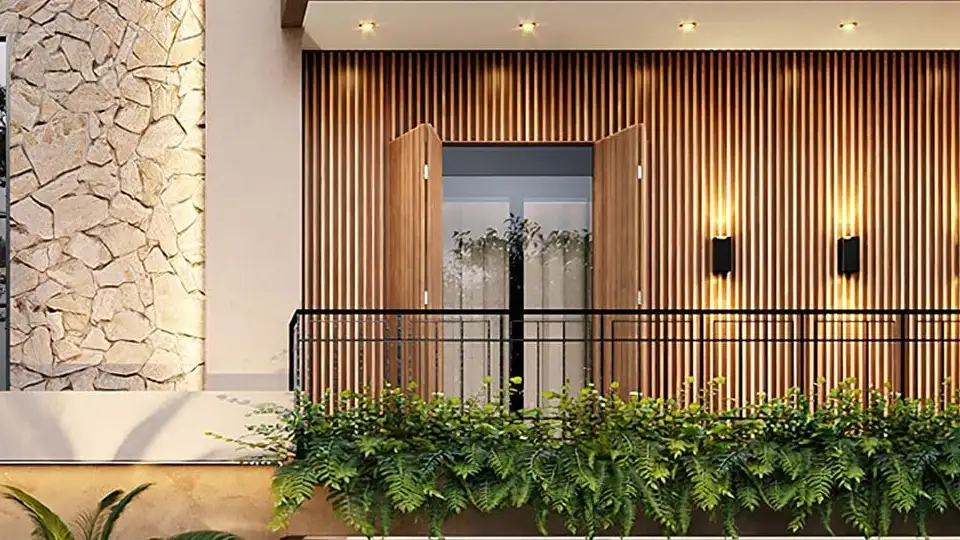
Image Source: Pinterest.com
Outdoor cladding materials protect the building from rainwater, wind, and sunlight. They greatly reduce heat transfer between the interior and exterior parts, which helps reduce energy consumption. Some cladding can also provide fire resistance.
Cladding material function # 2 – Aesthetic function
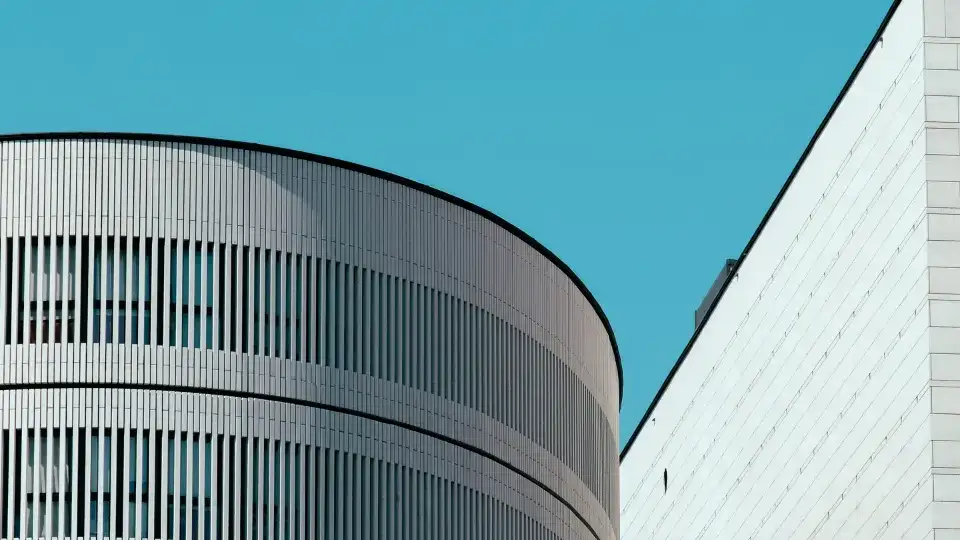
Image Source: Shutterstock.com
Cladding sheet materials enhance the overall look of the building. Architects can use particular outdoor cladding materials to create special and innovative designs.
Cladding material function # 3 – Structural function
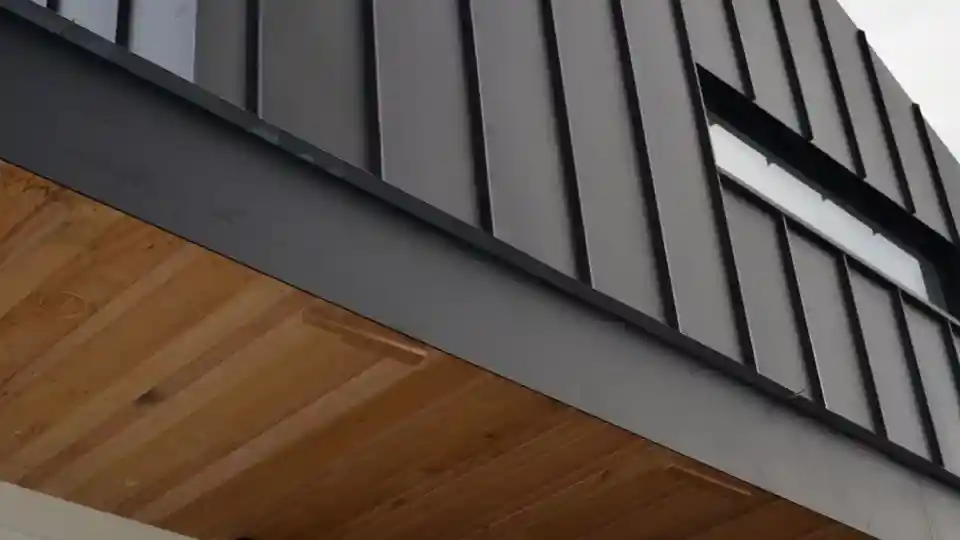
Image Source: Pinterest.com
Some cladding sheet materials can offer additional support to increase structural bearing capacity. In addition, they can enhance the stability and stiffness of a building.
Cladding material function # 4 – Acoustic function
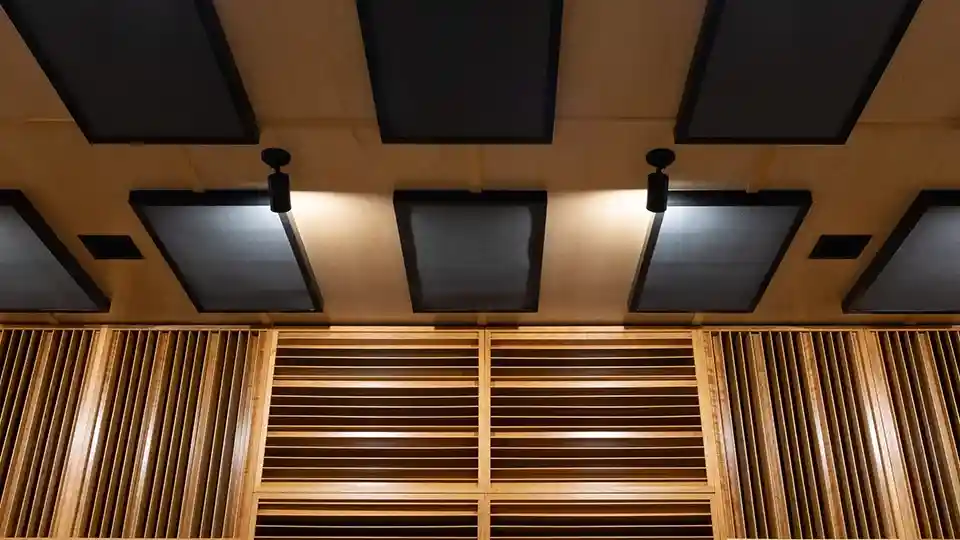
Image Source: Pinterest.com
Cladding can offer acoustic insulation and protection from vibrations. Not only that, but they can provide an extended life to a structure from degradation due to noise.
How to choose the ideal cladding material?
Cladding panels come in the market and all have their unique specifications. Consider the following points to select an interior or exterior wall cladding material:
Climate conditions
The climatic conditions of the region might influence a lot when selecting exterior cladding material for your building. For example, if continuous rainfall takes place, then the cladding material for your building must be moisture-resistant.
Maintenance
Some substances to be used in cladding necessitate regular cleaning or replacement while others do not. Choose what fits your needs according to these requirements.
Budget
Cladding comes with unique specifications that have varied cost aspects. This does not let one forget to account for overall budgets.
Appearance
Aesthetic preferences vary from person to person. Therefore, the chosen interior or exterior wall cladding materials should align with the overall look based on the customer’s preferences. By considering the style you want, you can select the best for your project.
Advantages of cladding
Thermal insulation
Outdoor cladding materials enhance a building’s thermal insulation, which reduces heat loss and lowers energy consumption.
Noise insulation
Cladding sheet material significantly improves acoustic properties, minimising noise interference from neighbouring areas.
Weather resistance
One of the major uses of outdoor cladding materials is to shield buildings from extreme environmental conditions and make the building last longer.
Aesthetic appeal
Cladding is designed in different ways to make it look attractive. Various patterns of arrangement, colours, or textures of the material are considered to make the cladding look as the customer wants it to.
Cladding improves the appearance of a structure while making it strong against environmental elements like weather, pests, and other wear and tear. The bond between the cladding and the surface enhances the thermal and noise-insulating qualities. The different types of cladding materials provide an architectural design with various finishes for making modular kitchens, bathrooms, rooms, etc. Cladding is needed for its multi-functionality of providing physical protection and improving the appearance of the structure, enhancing its market value. It is an integral part of modern construction, combining functionality and design to create resilient, interesting buildings.
FAQs
What are WPC cladding materials?
WPC or wood plastic composites is a type of outdoor cladding sheet material made by a combination of wood fibres and thermoplastics. They are strong, durable, resistant to harsh weather conditions, and do not fade easily. Wood plastic composites are used where renovation is required. But, they are not rigid and easily prone to scratches.
What are the latest trends in cladding?
Technology is changing day by day, and 3D cladding is one of its outcomes. It is becoming popular in the market due to its functionality. 3D cladding is a modern version of cladding that provides unbounded design alternatives to the customer. It can be used to provide any kind of texture or colour to the building.
Which cladding material is eco-friendly?
The most eco-friendly exterior wall cladding material is reclaimed wood. We can obtain it from old buildings and use it after refurbishing. Reclaimed wood does not increase the dead load significantly as it is usually lightweight. The use of recycled materials can greatly reduce the negative impact on the environment.
What type of cladding will be budget-friendly?
Plastic or uPVC cladding, is one of the cheapest forms of outdoor cladding materials. It comes in a variety of colours and textures on the market, is also light in weight, and requires minimum installation time. PVC cladding is an ideal choice for designers and architects when looking for a cost-friendly option.
Which type of cladding material offers thermal insulation to the building?
The thermal performance of the cladding substance depends on multiple parameters and the kind of environment in which this cladding material stays. Insulated panels or SIPs can be a great option when thermal insulation comes at the top of the list. They consist of an actual core of foam between the structural members that provide thermal insulation capabilities for a building.
Does the cladding require maintenance?
The answer is yes! Cladding requires regular maintenance and cleaning so that it can have a long life and does not accumulate dust, debris, or pollutants on its surface. Moreover, regular maintenance can retain the appearance of the building as well as make it last longer. When choosing cladding material, it is important to keep this in mind.
What type of cladding requires minimum surface preparation?
Vinyl cladding is a form of PVC material that uses minimal surface preparation and is easy to install. It comes in a variety of colours and also textures. When selecting a cladding material, make sure to consider this factor. Vinyl cladding also requires little maintenance and, therefore, designers and architects prefer it often.
*The featured image used in this article is from Inhabitat.com
Compound wall design: Complete guidebook with tips (+FAQs)
A compound wall refers to a structure that is built to divide an area into two distinct plots. Nowadays, exclusive compound w














